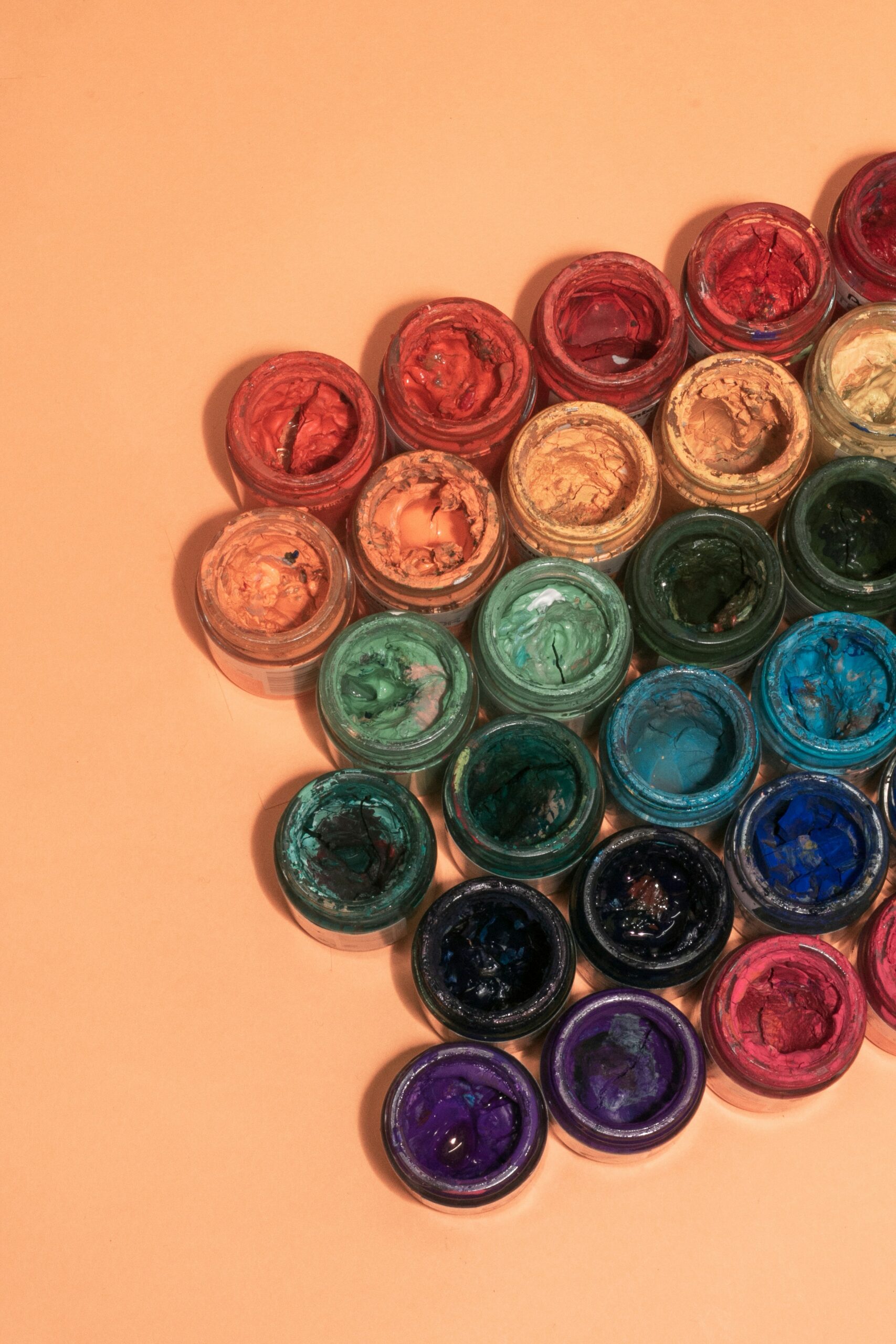Ever wondered how to unleash your inner Jackson Pollock? Splatter paint art offers a unique way to boost creativity and improve health. This article explores the benefits of splatter painting, from enhancing artistic skills to promoting mental well-being. We’ll cover techniques using brushes and wooden spoons, discuss their impact on child development, and show how to incorporate this expressive art form into daily life. Discover how splatter painting can help you break free from creative blocks and reduce stress, all while creating vibrant, one-of-a-kind artworks.
Key Takeaways
- Splatter painting offers therapeutic benefits, reducing stress and promoting emotional expression
- The technique encourages creativity and experimentation with colors, tools, and surfaces
- Splatter art enhances child development by improving fine motor skills and fostering collaboration
- Advanced artists can refine their skills through layering, masking, and exploring alternative surfaces
- Splatter painting can be integrated into daily life through home decor, personalized gifts, and social events
Understanding Splatter Paint Art
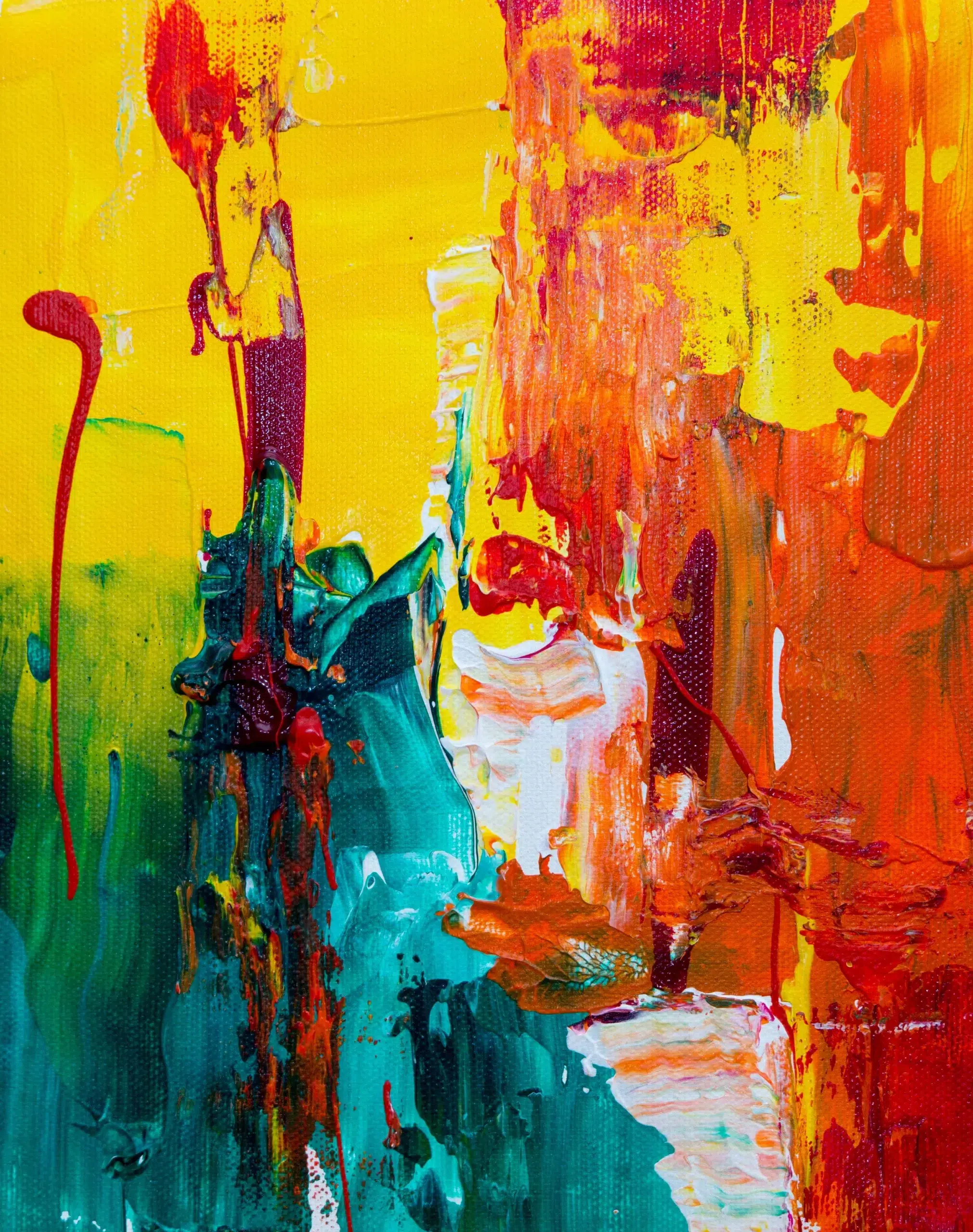
Splatter paint art has deep roots in artistic expression. This section explores its origins, introduces key techniques for beginners, and outlines essential tools like acrylic paint and paintbrushes. It also highlights influential artists who have mastered this dynamic style. From bristle selection to creating a masterpiece, learn how a simple spoon can become a powerful tool in splatter painting.
The Origins of Splatter Painting
Splatter painting emerged as a therapeutic art form in the mid-20th century, offering a unique way to release pressure and stress through creative expression. This technique gained popularity as a form of art therapy, allowing individuals to freely express their emotions without the constraints of traditional brushwork. Artists discovered that using unconventional tools like balloons or fingers could create dynamic, abstract compositions reflecting their inner feelings and experiences.
- Emerged as a therapeutic art form
- Gained popularity in the mid-20th century
- Used for stress release and emotional expression
- Incorporates unconventional tools
- Creates dynamic, abstract compositions
Key Techniques for Beginners
Beginners in splatter paint art can start with basic techniques to create fluid and abstract compositions. Learning color theory helps in selecting complementary hues for striking effects. Using a spray bottle filled with diluted paint allows for controlled splatters while flicking a brush creates finer droplets. Experimenting with different tools and textures encourages creative expression and fosters a deeper understanding of abstract art principles:
Essential Tools and Materials
Splatter paint artists use various tools to unleash their imagination and solve creative problems. While traditional brushes and paints are essential, unconventional items like sponges, sand, and cardboard can add unique textures and dimensions to artwork. These materials encourage experimentation, allowing artists to explore new techniques and push the boundaries of their creativity.
Influential Artists in Splatter Art
Jackson Pollock revolutionized splatter art with his action painting technique, using unconventional tools like sticks and hardened brushes. He often worked on large canvases laid on the floor, dripping and splattering paint to create dynamic, abstract compositions. Other influential artists in this field include Callen Schaub, who uses spinning canvases and paint-filled balloons, and Iris Scott, known for her finger-painting techniques. These artists have expanded the boundaries of splatter art, inspiring others to experiment with various tools and surfaces:
- Jackson Pollock: Action painting pioneer
- Callen Schaub: Spinning canvas innovator
- Iris Scott: Finger-painting expert
- Helen Frankenthaler: Soak-stain technique developer
- Ushio Shinohara: Boxing painting creator
Unlocking Creative Expression Through Splatter Techniques
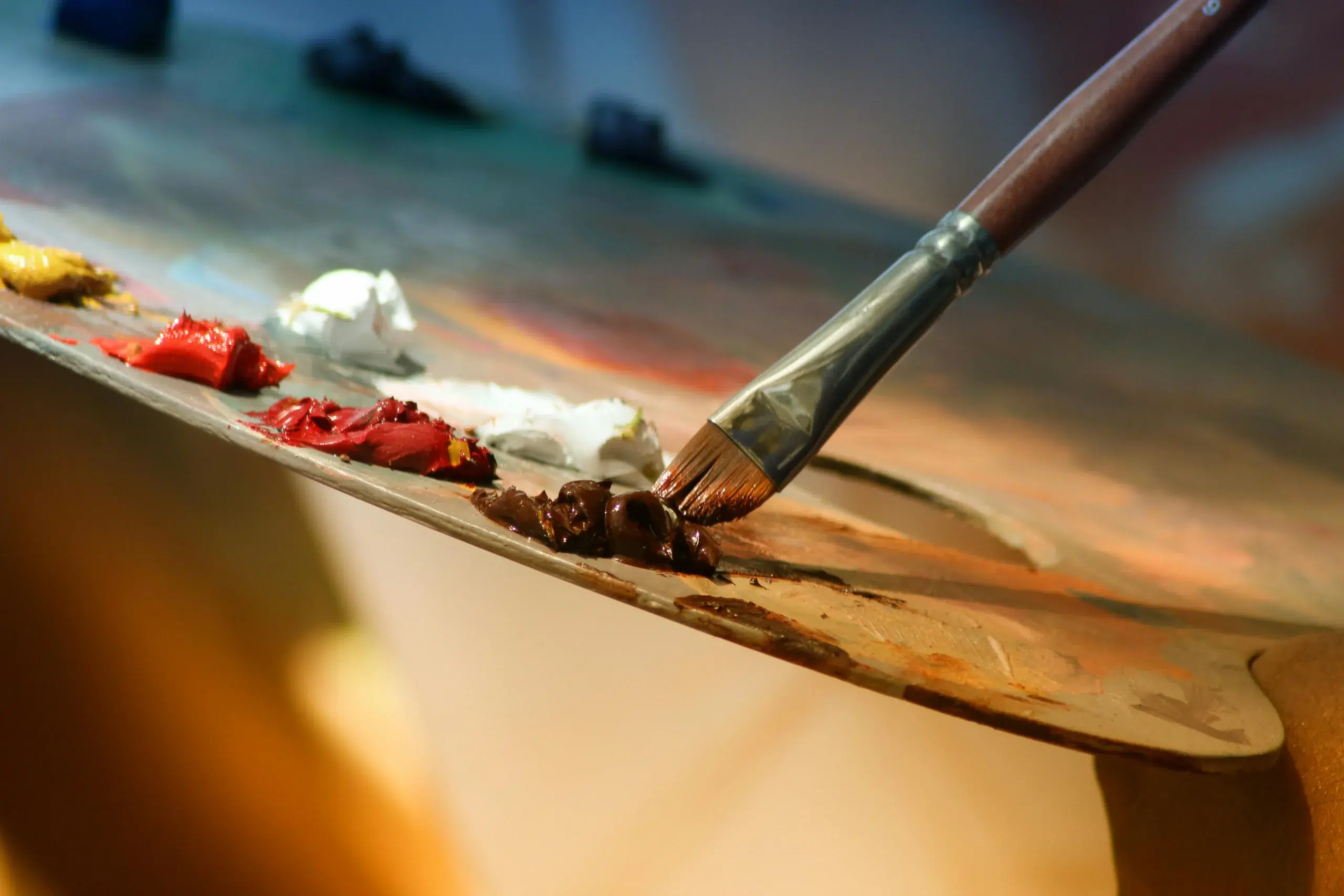
Splatter painting unlocks creative expression through various techniques. Artists embrace spontaneity, experiment with color and form, develop personal styles, and break traditional boundaries. From using a craft spatula to incorporating a newspaper, these methods offer preschoolers and adults alike a chance to explore art freely. The following sections delve into each aspect, providing insights for aspiring splatter artists.
Embracing Spontaneity in Art
Splatter painting encourages artists to embrace spontaneity, allowing them to express their emotions freely through art. This technique provides a unique experience where artists can release their anger or joy using tempera paint or other mediums. By letting go of rigid control, artists discover new ways to interact with clay, canvas, and color, resulting in unexpected and often striking creations.
Experimenting With Color and Form
Splatter paint art allows artists to experiment with color and form uniquely. Parents can introduce children to this technique using a toothbrush as a tool, creating fine sprays of color that enhance mental health through creative expression. Artists often use vibrant hues and unconventional materials, turning everyday objects like toys into artistic implements. This approach to art encourages the exploration of color relationships and abstract forms, resulting in visually striking and emotionally expressive pieces:
Developing a Personal Style
Developing a personal style in splatter paint art involves experimenting with various techniques and materials to find a unique approach. Artists often start by exploring different paint consistencies, color combinations, and application methods to discover what resonates with their creative vision. As they refine their skills, they may incorporate signature elements, such as specific color palettes or distinctive splattering patterns, that become hallmarks of their individual artistic expression.
Breaking Traditional Artistic Boundaries
Splatter paint art breaks traditional artistic boundaries by challenging conventional techniques and embracing chaos. Artists use unconventional tools like sticks, balloons, and even their bodies to create unique textures and patterns. This approach encourages experimentation with different surfaces, from canvas to wood and even walls. By rejecting the constraints of traditional brushwork, splatter artists explore new dimensions of artistic expression:
Emotional and Mental Benefits of Splatter Painting
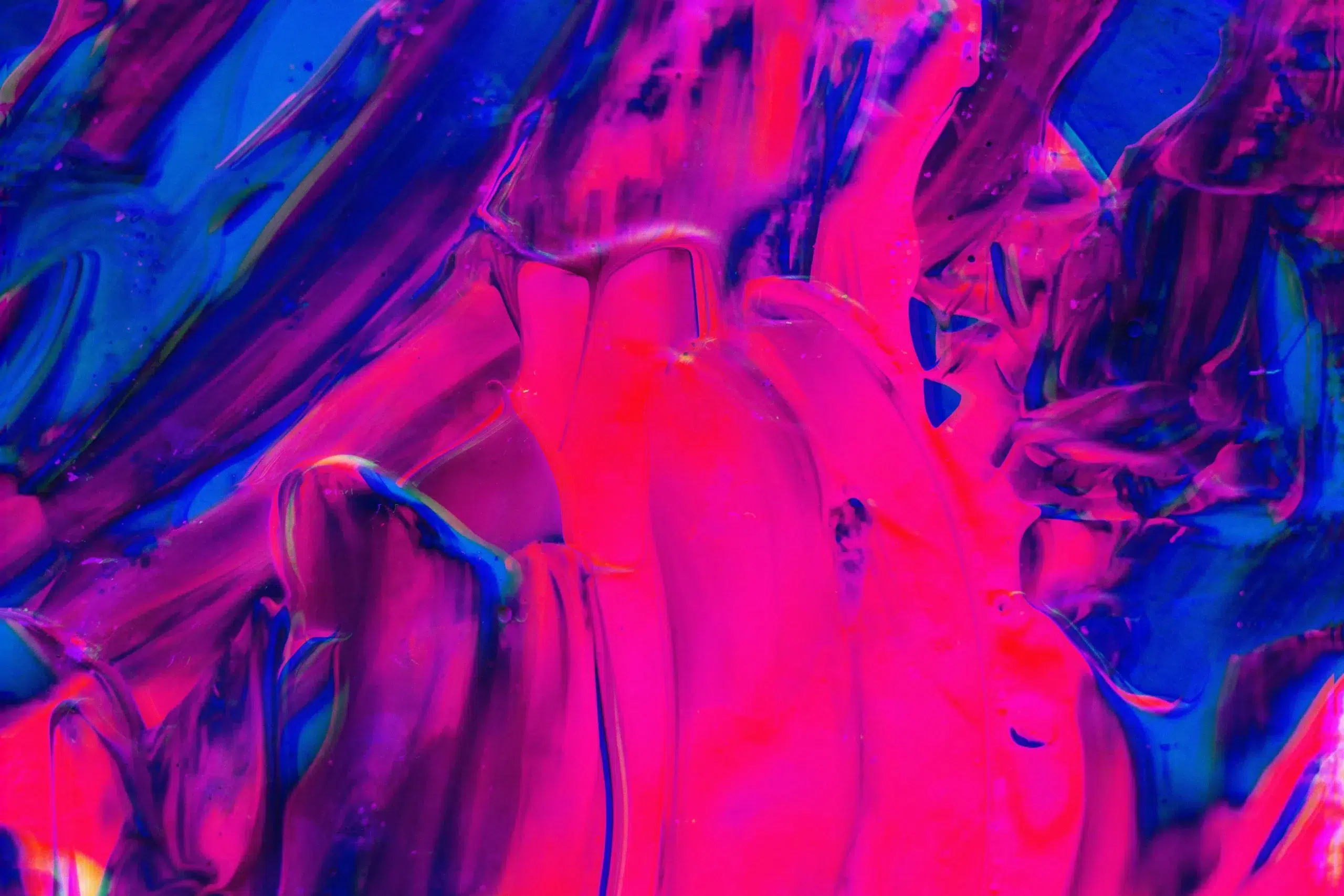
Splatter painting offers numerous emotional and mental benefits. This section explores how the art form reduces stress through artistic release, boosts confidence and self-esteem, enhances mindfulness and focus, and provides a safe medium for exploring emotions. These advantages contribute to overall well-being and personal growth through creative expression.
Reducing Stress Through Artistic Release
Splatter painting offers a powerful outlet for stress reduction through artistic release. The act of freely throwing or dripping paint onto a surface allows individuals to externalize their emotions and tensions in a physical, non-verbal way. This process can lead to a cathartic experience, helping to alleviate anxiety and promote relaxation. As participants engage in splatter art’s spontaneous and unrestricted nature, they often enter a state of flow, where worries and stressors fade into the background, replaced by a sense of creative freedom and emotional release.
Boosting Confidence and Self-Esteem
Splatter painting boosts confidence and self-esteem by providing a judgment-free space for artistic expression. Individuals who create without the pressure of perfection often discover hidden talents and develop a sense of accomplishment. This process encourages self-acceptance and pride in one’s unique artistic voice, fostering a positive self-image beyond the canvas.
Enhancing Mindfulness and Focus
Splatter painting enhances mindfulness and focus by immersing artists in the present moment. As they concentrate on the movement of paint and the creation of patterns, their minds shift away from daily worries. This meditative quality of splatter art allows individuals to practice mindfulness naturally, improving their ability to stay present and focused in other areas of life.
Exploring Emotions in a Safe Medium
Splatter painting provides a safe medium for exploring emotions, allowing individuals to express feelings that may be difficult to verbalize. The abstract nature of this art form enables people to communicate complex emotions without the need for literal representation. As they engage with colors, textures, and movements, artists can process and release pent-up feelings, leading to emotional catharsis and improved mental well-being:
Splatter Paint Art in Education and Child Development
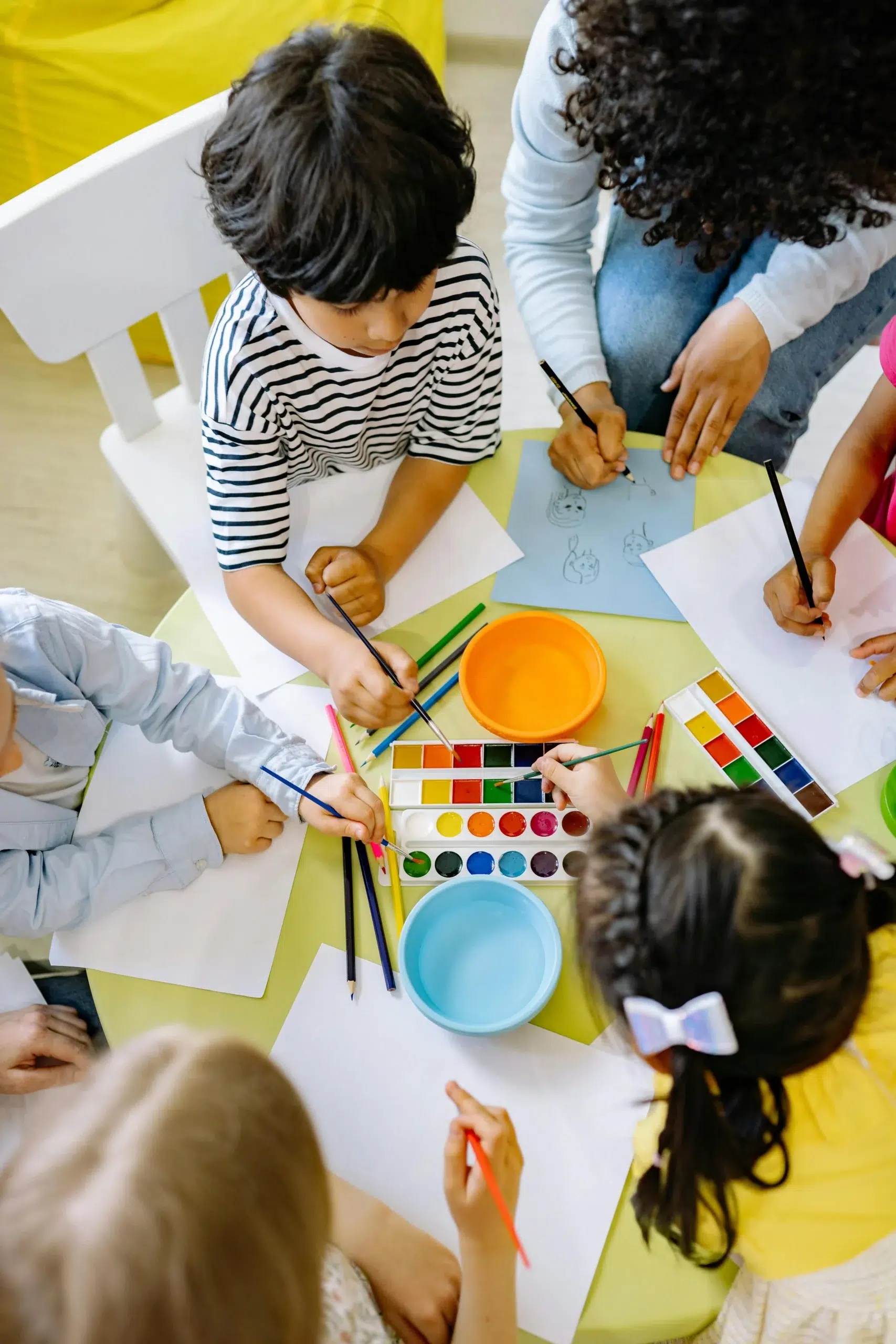
Splatter paint art enhances education and child development by encouraging creativity, developing fine motor skills, providing fun classroom activities, and fostering collaboration. This expressive art form offers children a unique way to explore their imagination, improve physical coordination, and engage in interactive learning experiences. Teachers can use splatter painting to create engaging lessons that promote teamwork and individual growth.
Encouraging Creativity in Children
Splatter paint art encourages creativity in children by providing a free-form, expressive outlet. This technique allows young artists to experiment with colors, textures, and movements without the constraints of traditional painting methods. As children engage in splatter painting, they develop confidence in their artistic abilities and learn to appreciate abstract forms of expression. The process fosters imaginative thinking and problem-solving skills as children explore different ways to create unique effects:
- Promotes experimentation with colors and textures
- Develops confidence in artistic abilities
- Encourages appreciation of abstract art
- Fosters imaginative thinking
- Enhances problem-solving skills
Developing Fine Motor Skills
Splatter paint art helps children develop fine motor skills through various hand movements and tool manipulations. Children refine their grip strength and hand-eye coordination as they flick paintbrushes, squeeze bottles, or use other unconventional tools. These activities enhance dexterity and precision, which are crucial for writing, drawing, and other daily tasks. The diverse techniques involved in splatter painting provide a fun and engaging way for children to practice these essential skills.
Fun Classroom Activities With Splatter Art
Splatter paint art offers exciting classroom activities that engage students and promote creativity. Teachers can organize group projects where students create collaborative murals, fostering teamwork and communication skills. Another fun activity involves using various tools like straws, sponges, and marbles to create unique textures and patterns. These hands-on experiences not only make learning enjoyable but also help students explore different artistic techniques:
- Collaborative murals for team-building
- Texture exploration with unconventional tools
- Color mixing experiments through splatter techniques
- Science integration by studying paint viscosity
- Emotional expression through abstract splatter art
Fostering Collaboration Among Students
Splatter paint art fosters collaboration among students by providing a shared creative experience. Group projects allow children to work together on large-scale pieces, developing communication and teamwork skills. Students learn to compromise, share resources, and appreciate diverse artistic perspectives as they contribute to a collective artwork. This collaborative approach enhances social skills and cultivates a sense of community within the classroom:
Enhancing Artistic Skills With Splatter Painting
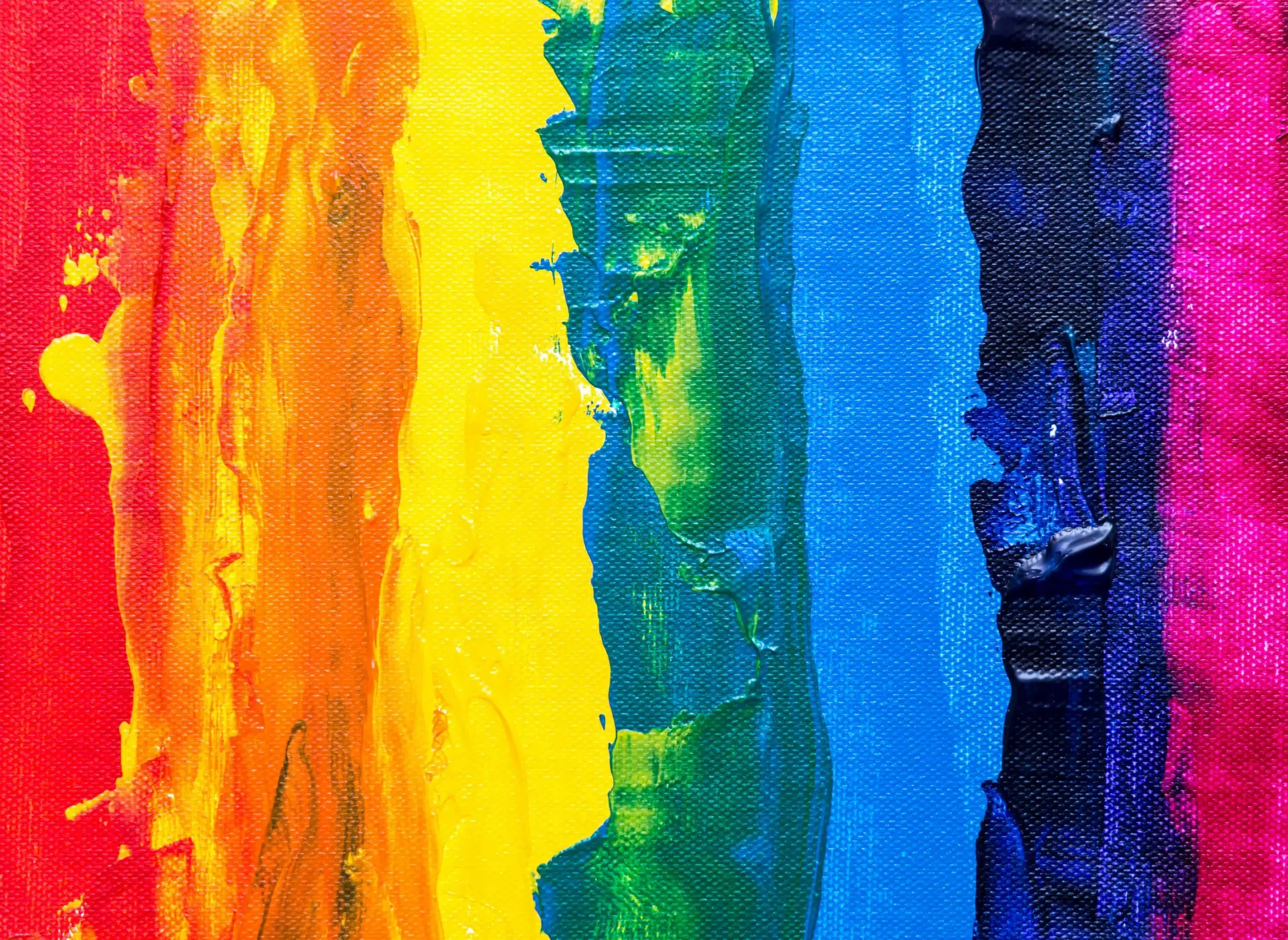
Splatter painting enhances artistic skills through practical color theory application, improved hand-eye coordination, and integration with other art forms. Artists can explore advanced techniques to refine their craft. This section examines how splatter painting develops these skills, offering insights for both beginners and experienced artists looking to expand their creative repertoire.
Understanding Color Theory in Practice
Splatter painting offers a hands-on approach to understanding color theory. Artists experiment with primary, secondary, and tertiary colors, observing how they interact when splattered together on a canvas. This practical application helps painters grasp concepts like color mixing, complementary colors, and color harmony dynamically and intuitively. Through splatter techniques, artists can create unexpected color combinations, leading to new insights into color relationships and their emotional impact on viewers.
Improving Hand-Eye Coordination
Splatter painting significantly improves hand-eye coordination as artists learn to control paint application precisely. The technique requires quick, deliberate movements to create desired patterns and textures, enhancing fine motor skills. As painters practice, they develop a keen sense of timing and spatial awareness, translating their artistic vision into physical actions with increasing accuracy.
Combining Splatter With Other Art Forms
Splatter painting seamlessly combines with other art forms, creating innovative mixed-media works. Artists integrate splatter techniques with collage, sculpture, and digital art to produce dynamic compositions. This fusion allows for exploring texture, depth, and visual contrast, expanding artistic boundaries and encouraging experimentation. By merging splatter painting with various mediums, artists develop versatile skills and unique styles:
- Splatter + Collage: Layered textures and visual depth
- Splatter + Sculpture: 3D abstract forms with paint splatters
- Splatter + Digital Art: Blending physical and virtual techniques
- Splatter + Photography: Creating unique backgrounds or overlays
- Splatter + Printmaking: Adding spontaneous elements to prints
Techniques for Advanced Artists
Advanced artists can refine their splatter painting techniques by experimenting with layering and controlled chaos. They may use masking techniques to create precise patterns within the splatter design or incorporate different paint viscosities to achieve varied textures. Some advanced artists also explore alternative surfaces, such as wood or metal, to add depth and complexity to their work. By pushing the boundaries of traditional splatter methods, these artists continue to evolve the art form and discover new ways to express their creativity.
Incorporating Splatter Art Into Daily Life
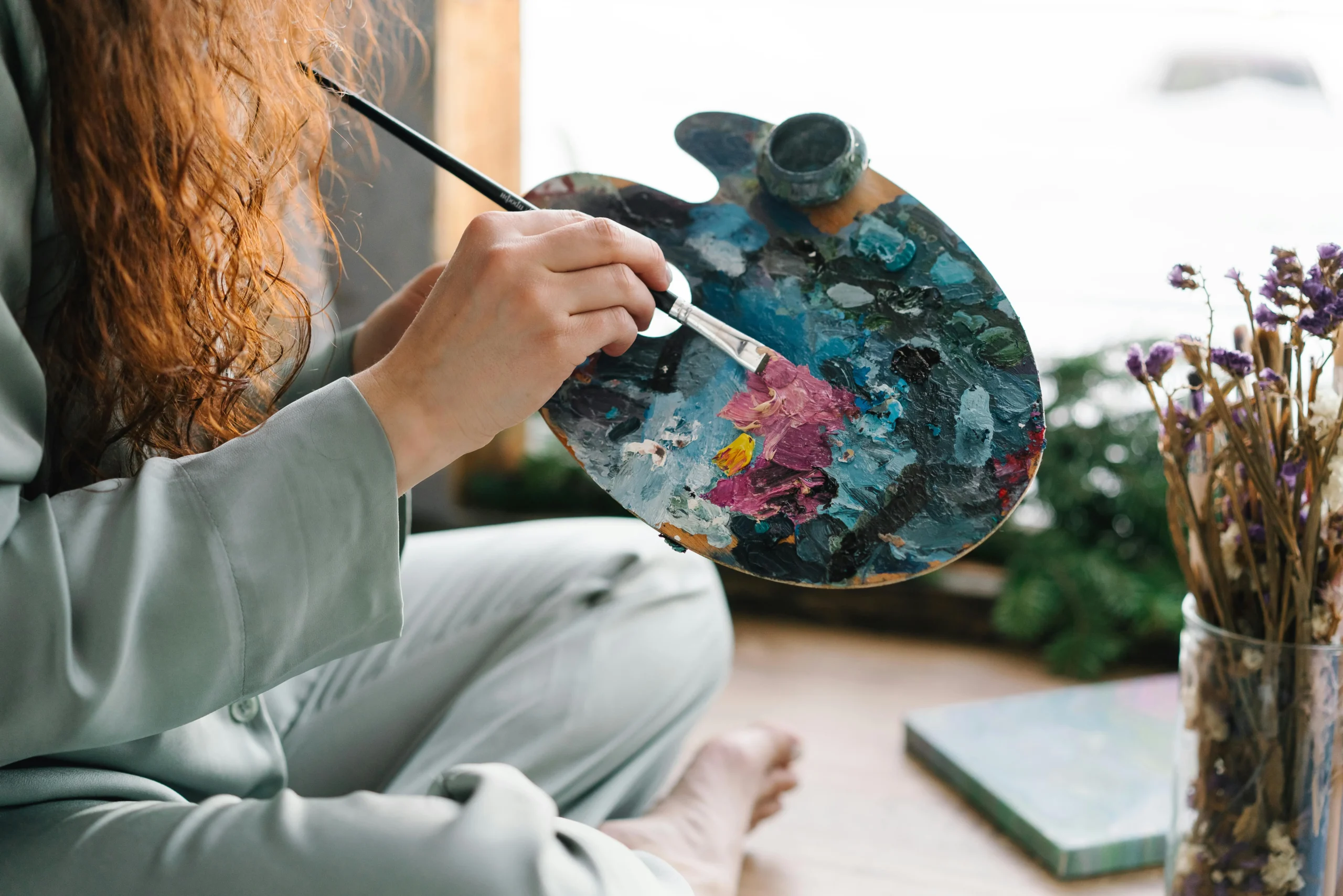
Splatter art can be easily incorporated into daily life, offering creative outlets for home decor, personalized gifts, and social gatherings. This section explores DIY projects to enhance living spaces, unique gift ideas, tips for hosting splatter art parties, and ways to exhibit artwork publicly. These activities provide opportunities to express creativity and share the joy of splatter painting with others.
DIY Home Décor Projects
Splatter art offers exciting possibilities for DIY home decor projects. Homeowners can create unique wall art by splattering paint on canvas or wooden panels, adding a vibrant touch to any room. For a more subtle approach, they can splatter paint on lampshades or planters to create custom accessories. Even furniture can be transformed with carefully applied splatter techniques, turning ordinary pieces into eye-catching focal points.
Creating Personalized Gifts
Splatter paint art offers a unique way to create personalized gifts that stand out. Gift-givers can apply splatter techniques to items like tote bags, phone cases, or notebooks, transforming everyday objects into one-of-a-kind presents. Individuals can create custom splatter art on canvases or wooden frames for special occasions, adding a personal touch to their gifts. These handmade items showcase creativity and convey thoughtfulness and effort, making them cherished recipient keepsakes.
Hosting a Splatter Art Party
Hosting a splatter art party provides a fun and engaging way to introduce friends and family to this creative technique. Hosts can set up designated areas with canvases, protective coverings, and various paint colors, allowing guests to explore their artistic sides freely. To enhance the experience, hosts may offer different tools like brushes, sponges, and squeeze bottles, encouraging participants to experiment with various splatter methods. This type of gathering fosters creativity and promotes social interaction and shared experiences, making it an ideal activity for birthdays, team-building events, or casual get-togethers.
Exhibiting Your Artwork Publicly
Showing splatter artwork allows artists to share their creative vision with a wider audience. Local cafes, community centers, and art galleries often welcome emerging artists to display their work, providing opportunities for exposure and feedback. Artists can also leverage social media platforms to showcase their splatter paintings, reaching a global audience and potentially attracting buyers or collaborators. By participating in art fairs or organizing pop-up exhibitions, splatter artists can gain valuable experience in presenting their work professionally and engaging with art enthusiasts.
Conclusion
Splatter paint art offers a powerful avenue for creative expression, stress relief, and personal growth. This dynamic art form enhances artistic skills and fosters emotional well-being and cognitive development in children and adults. By incorporating splatter painting into daily life, individuals can unlock their creativity, personalize their living spaces, and create meaningful connections through shared artistic experiences. Ultimately, exploring the creative advantages of splatter paint art can lead to a richer, more expressive life filled with color, spontaneity, and artistic discovery.

